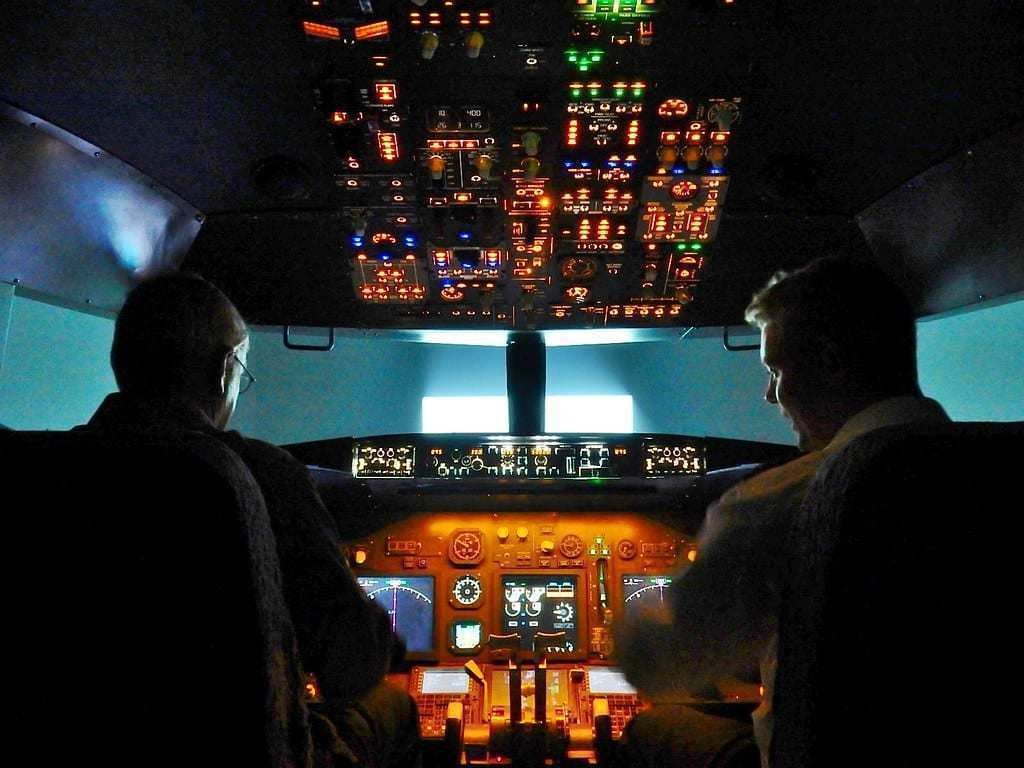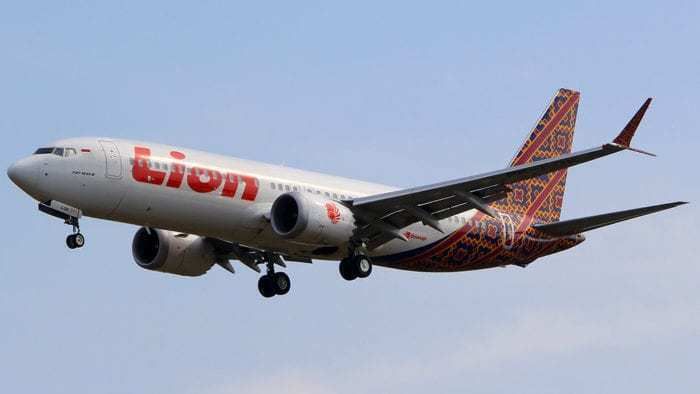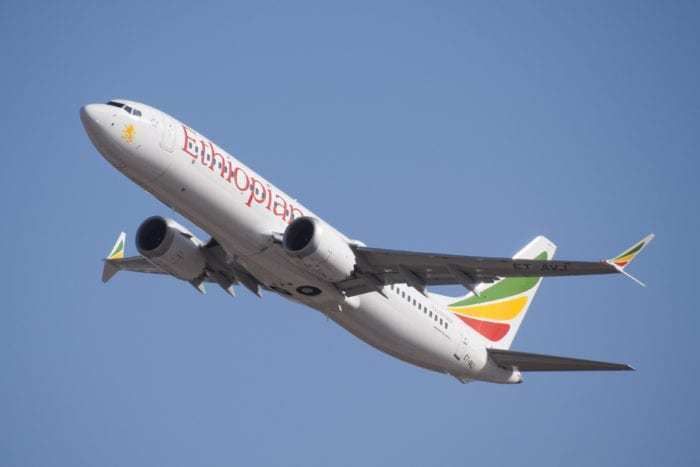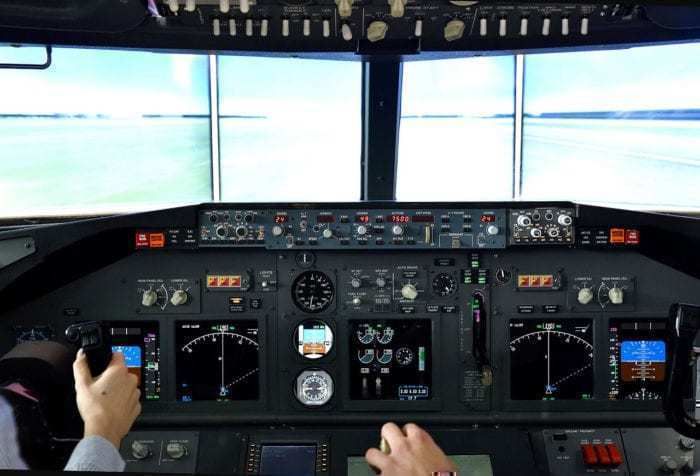Boeing have admitted that the 737 MAX simulators used to train pilots have a design flaw. The US planemaker has since made corrections to the software for the simulators, in a bid to more accurately represent challenges facing pilots under different flight conditions.
Boeing’s highly sought after simulators used to train 737 MAX pilots have come up against a problem. The problem is, they don’t work.
Since the two disastrous crashes of the type, carriers around the world have scrambled to purchase Boeing’s aircraft simulators in order to beef up the training of their pilots. However, the simulators have been shown to be incapable of replicating the conditions under which the two 737 MAX aircraft crashed.
In a statement to the press, Boeing said,
"Boeing has made corrections to the 737 MAX simulator software and has provided additional information to device operators to ensure that the simulator experience is representative across different flight conditions,
“Boeing is working closely with the device manufacturers and regulators on these changes and improvements, and to ensure that customer training is not disrupted.”
What’s the problem with the Boeing 737 MAX simulator?
Boeing have discovered that their simulators cannot accurately recreate a fault with the anti-stall system. Known as the Maneuvering Characteristics Augmentation System (MCAS), the malfunctioning of this system is thought to have been the cause of the two 737 MAX crashes which led to 346 fatalities.
The new design of the 737’s engines meant they were far larger than on previous versions. This increased efficiency, but upset the delicate balance of the aircraft, presenting a risk of the nose pitching up too far. To compensate for this, the MCAS was introduced.
Working with an ‘angle of attack’ sensor, the MCAS was designed to automatically push the nose back down in the event that excessive incline was detected. The system, designed to prevent a stall and therefore to save lives, ultimately led to massive loss of life when it kicked in erroneously.
With nothing on board the simulator able to replicate this error, no pilot would ever have been trained on what to do if it did. According to Boeing, the software was incapable of reproducing the flight conditions that led to the two crashes. Speaking to Channel News Asia, Boeing stated that the changes will,
“…improve the simulation of force loads on the manual trim wheel," a rarely used manual wheel to control the plane's angle.”
Apparently the wheel on the simulator is far too easy to move. In the case of the Ethiopian Airlines crash, reports show that pilots correctly attempted to use the manual trim wheel, but were still unable to maintain control due to the forces on the wheel itself.
Blood from a stone
This is the first time Boeing has admitted any design flaw related to the MAX. Although it’s only the simulator that is admitted to be at fault, releasing new information at this late stage of the game is somewhat characteristic of the investigation overall.
Earlier this month, the US manufacturer acknowledged that it knew a safety alert on the 737 MAX was not working properly for all carriers. Dennis Tajer, a spokesman for the American Airlines pilots union and a 737 pilot, is reported by Flieger Faust as saying,
"Every day, there is new news about something not being disclosed or something was done in error or was not complete,"
It’s not clear how long Boeing have known about the problem with the simulator.
Although it’s not known whether the pilots of the Lion Air and Ethiopian Airlines flights had been trained on the simulators, this training may become a requirement before the aircraft is allowed to fly again. The FAA is currently working with Boeing to determine what training should be mandatory for all operators of the 737 MAX.
A spokesperson for the FAA told the New York Times,
“The F.A.A. is aware that Boeing Company is working with the manufacturers of Boeing 737 Max flight simulators. The F.A.A. will review any proposed adjustments as part of its ongoing oversight of the company’s efforts to address safety concerns.”
The aircraft is expected to return to service in the autumn this year, pending much scrutiny by aviation authorities and airlines around the world.




